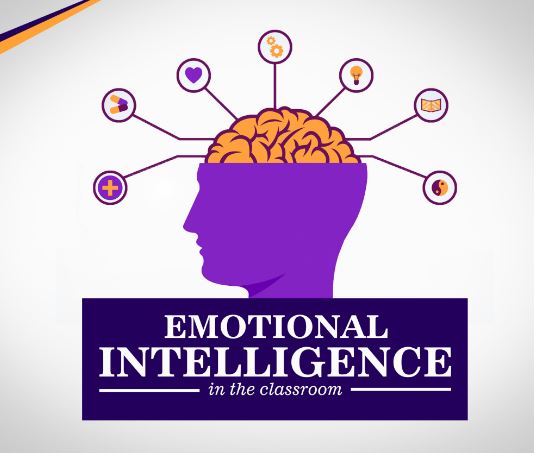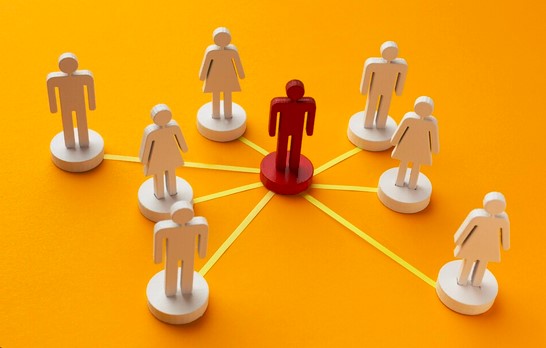Sign language is a unique and vibrant form of communication that extends far beyond its primary purpose of facilitating communication for individuals with hearing impairments. In this article, we explore the rich world of sign language, its significance, and the benefits it offers to both signers and society at large.

Sign Language as a Visual Language
Sign language is a visual-gestural language that relies on handshapes, facial expressions, and body movements to convey meaning. It is not merely a translation of spoken language but a distinct and fully functional language in its own right.
Facilitating Communication for the Deaf and Hard of Hearing
Sign language is essential for the deaf and hard of hearing community as it provides them with a means to communicate effectively. It fosters inclusivity and bridges communication gaps, ensuring equal access to education, employment, and social interactions.
Cultural and Linguistic Diversity
Sign languages vary across regions and countries, leading to a rich tapestry of linguistic diversity. American Sign Language (ASL), British Sign Language (BSL), and Australian Sign Language (Auslan) are just a few examples of distinct sign languages worldwide.
Benefits of Learning Sign Language:
- Enhanced Communication Skills: Learning sign language improves overall communication skills, including active listening and empathy.
- Inclusivity and Diversity: It promotes inclusivity by allowing signers to connect with deaf and hard of hearing individuals, fostering diverse relationships.
- Cognitive Benefits: Learning a new language, whether spoken or signed, has cognitive advantages, such as improved memory and problem-solving skills.
- Career Opportunities: Proficiency in sign language can open doors to careers in interpretation, education, and social work, where communication with the deaf community is essential.
- Community Engagement: Signing can enrich your life by connecting you to a vibrant and diverse community of signers and deaf individuals.
Learning Sign Language:
- Online Resources: Utilize online platforms and courses to learn sign language, including video tutorials and interactive lessons.
- Local Classes: Many communities offer sign language classes or workshops, providing hands-on learning experiences.
- Practice Regularly: Consistent practice is key to becoming proficient in sign language. Regular interaction with native signers can accelerate your learning.
Sign Language and Deaf Culture
Understanding sign language also involves learning about deaf culture, including its history, values, and traditions. Engaging with the deaf community and attending deaf events can provide invaluable cultural insights.
Conclusion – A World of Communication and Connection
Sign language is a beautiful testament to human diversity and ingenuity. It comes in offering a unique way to connect, communicate, and embrace different cultures. Learning sign language not only enriches your communication skills but also fosters inclusivity, empathy, and a deeper appreciation for the diverse tapestry of human experiences.




